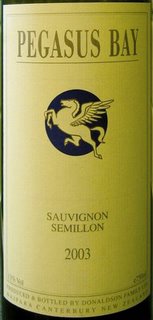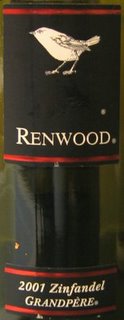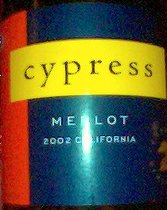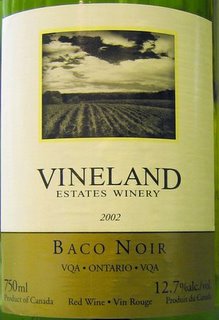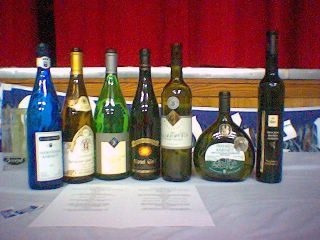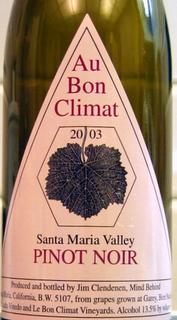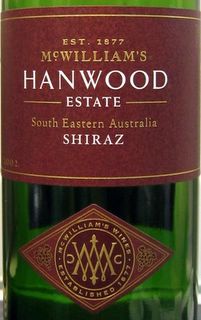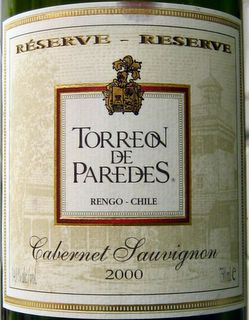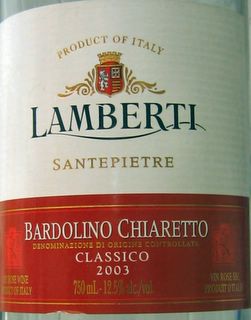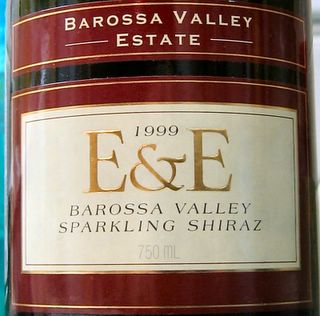Here's Ed's latest science column, which this week happens to be related to wine. You can find more of Ed's columns, most of which don't
have to do with wine (but do
have to do with science) here.***********
Probably thanks to books and movies, many people think that the older the wine, the better.
That's not necessarily true. As one rule of thumb notes, more good wine is drunk too late than too early. Wines kept too long in the bottle actually deteriorate, and some wines simply never benefit from being kept in the bottle at all. However, for certain wines—generally complex (and typically more expensive) reds, bottle aging softens the harsh tannins present in the wine when it's young, and allows the various components in the wine to slowly change and blend, releasing more (and different) flavors and aromas.
The biggest problem with bottle aging, from a wine connoisseur's point of view, is that it takes so darn long.
An inventor in Japan claims he has an answer to that, but wine experts are taking his claims with a grain of salt (or possibly, being wine experts, a nice bit of Brie).
The Associated Press reported this week that Hiroshi Tanaka says he can transform a bottle of freshly fermented red wine into a mellow "aged" wine in seconds, by passing an electric current through it.
His machine is described as about the size "of a stereo" (although, considering the wide range in stereo sizes, that's a less-than-helpful comparison). Wine passes through one of the device's two chambers; tap water passes through the other. A special membrane, which Hiroshi Tanaka's company, Innovative Design and Technology Inc., has patented, separates the two. Platinum electrodes drive negative ions from the wine into the water through the membrane.
Tanaka says his machine works by breaking up water molecule clusters, allowing the alcohol in the wine to more thoroughly blend with the water, although he notes that the exact mechanism of water molecule clusters is a matter of scientific debate. (Water molecules do apparently form weakly bonded clusters with other water molecules—and with alcohol—but "water molecule clusters" also feature prominently in a lot of pseudoscientific claptrap, which may not bode well for Tanaka's success.)
However it works, tasters agree that wines passed through the machine taste different. Back in October, the Times of London also reported on Tanaka's machine. (I don't know why it took until January for the AP to do so.) The Times noted that sommeliers at one winery described the effects as "interesting." The AP story says that "to the untrained palate, a bottle of Beaujolais Nouveau...became a more full-bodied, complex wine. Similar treatment to a Sauvignon Blanc 2004 resulted in a drier aftertaste."
But is the effect the same as aging?
Probably not. Bottle aging is complex and not fully understood. (For example, debate continues on how much of a role oxygen plays in bottle aging, which is important because of the current drive in some quarters of the oenophile world to replace natural corks with synthetic closures. Natural corks allow a small amount of oxygen through; will wines age the same if that oxygen doesn't reach them? Right now the evidence appears to indicate that oxygen doesn't play a role in the aging of wines in the bottle, but not everyone is convinced.)
That doesn't mean Tanaka's device may not have some uses. The great Bordeaux winemakers are unlikely to be installing any wine-electrolysis machines any time soon, but there might be a market for home users (especially home winemakers), especially since the transformation apparently takes only 15 seconds. Wineries in California (Robert Mondavi, for one), Chile, South America and elsewhere are at least keeping an eye on the machine, according to The Times.
Tanaka thinks his electrolysis machine might be able to improve other forms of alcoholic beverage, from sake to vodka to...well, to shochu (distilled sweet potato spirits--a small shochu maker in southern Japan is so far the only confirmed investor in the device).
Color me skeptical. Still, even if nobody in her right mind would let it anywhere near her most expensive wines, a device that improves the taste of mediocre wine could certainly prove useful the next time a guest shows up with a bottle of "I-Can't-Believe-It's-Not Burgundy" or "Fill-in-the Blanc."
You wouldn't bother aging them. But briefly electrocuting them at least couldn't hurt.
The wines, that is, not the guest.
 Our notes are...scant. We drank this Carpineto Chianti Classico on December 4, at home. It cost $25.70, but whether this came from Margaret Anne's cellar and thus that $25.70 was 10 years ago, or whether it was something we bought at the Saskatchewan Liquor and Gaming Authority store, we no longer remember. (Or at least Ed no longer remembers, and since he's the one writing this...)
Our notes are...scant. We drank this Carpineto Chianti Classico on December 4, at home. It cost $25.70, but whether this came from Margaret Anne's cellar and thus that $25.70 was 10 years ago, or whether it was something we bought at the Saskatchewan Liquor and Gaming Authority store, we no longer remember. (Or at least Ed no longer remembers, and since he's the one writing this...)
